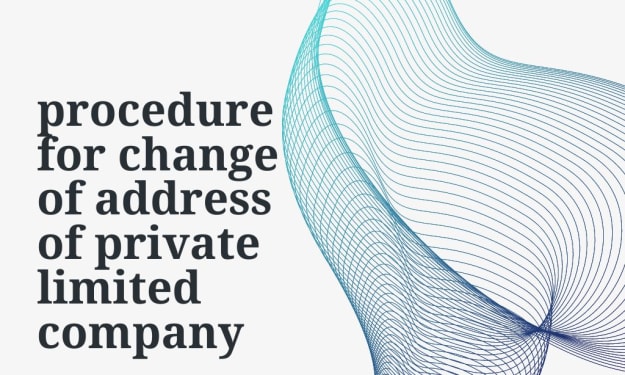Trademark Objection vs Trademark Opposition: What's the Difference?
Key Differences Between Trademark Objection and Trademark Opposition

When you apply for a trademark, there are several steps involved in the registration process. Two of these steps are the trademark objection and the trademark opposition. While these terms may seem interchangeable, they actually refer to distinct stages in the trademark registration process. In this article, we will explore the differences between a trademark objection and a trademark opposition.
What is a Trademark Objection?
A trademark objection occurs when the Trademark Examiner assigned to review your trademark application raises an objection or issue with your application. The Trademark Examiner may object to your application for various reasons, such as:
- Your trademark is too similar to an existing registered trademark
- Your trademark is generic or descriptive
- Your trademark is likely to cause confusion with an existing trademark
- Your trademark does not meet the requirements for trademark registration
If your trademark application receives an objection, you will receive a Notice of Objection from the Trademark Examiner. This notice will outline the reasons for the objection and provide you with an opportunity to respond to the issues raised. You will typically have a set period, usually around six months, to respond to the notice of objection. During this time, you may work with a trademark attorney to address the issues raised in the objection and provide evidence to support your trademark application.
Once you have responded to the notice of objection, the Trademark Examiner will review your response and make a decision on whether to allow your trademark application to proceed to the next stage in the registration process. If the Trademark Examiner is satisfied with your response, they will allow your application to proceed to the next stage. If they are not satisfied, they may raise further objections, or they may refuse your application altogether.
What is a Trademark Opposition?
A trademark opposition occurs after your trademark application has been accepted by the Trademark Examiner and published in the Official Gazette. Once your trademark application has been published, it is open for a period of 30 days for any interested party to file a trademark opposition. An interested party may be an individual or a company that believes that your trademark registration will infringe on their rights or create confusion with their existing trademark.
When a trademark opposition is filed, the case is typically referred to the Trademark Trial and Appeal Board (TTAB), an administrative body that adjudicates trademark disputes. The TTAB will review the opposition and any evidence submitted by both parties and make a decision on whether to allow your trademark application to proceed. If the TTAB finds in favor of the opposition, your trademark application will be refused. If they find in your favor, your trademark application will be allowed to proceed to the next stage of the registration process.
The key difference between a trademark objection and a trademark opposition is the timing of the issue. A trademark objection occurs during the initial review of your trademark application, while a trademark opposition occurs after your trademark application has been accepted and published in the Official Gazette. Additionally, a trademark objection is raised by the Trademark Examiner, while a trademark opposition is filed by an interested party.
What are the Similarities Between a Trademark Objection and a Trademark Opposition?
While a trademark objection and a trademark opposition are distinct stages in the trademark registration process, there are some similarities between the two. Both a trademark objection and a trademark opposition can result in a delay or refusal of your trademark application, and both require a response from the trademark owner.
Additionally, both a trademark objection and a trademark opposition require a thorough understanding of trademark law and a well-crafted response to address the issues raised. Working with a trademark attorney can be helpful in both cases, as they can provide guidance on the best way to respond to the issues raised and increase your chances of success in the registration process.
Conclusion
A trademark objection and a trademark opposition are two distinct stages in the trademark registration process. A trademark objection occurs during the initial





Comments
There are no comments for this story
Be the first to respond and start the conversation.